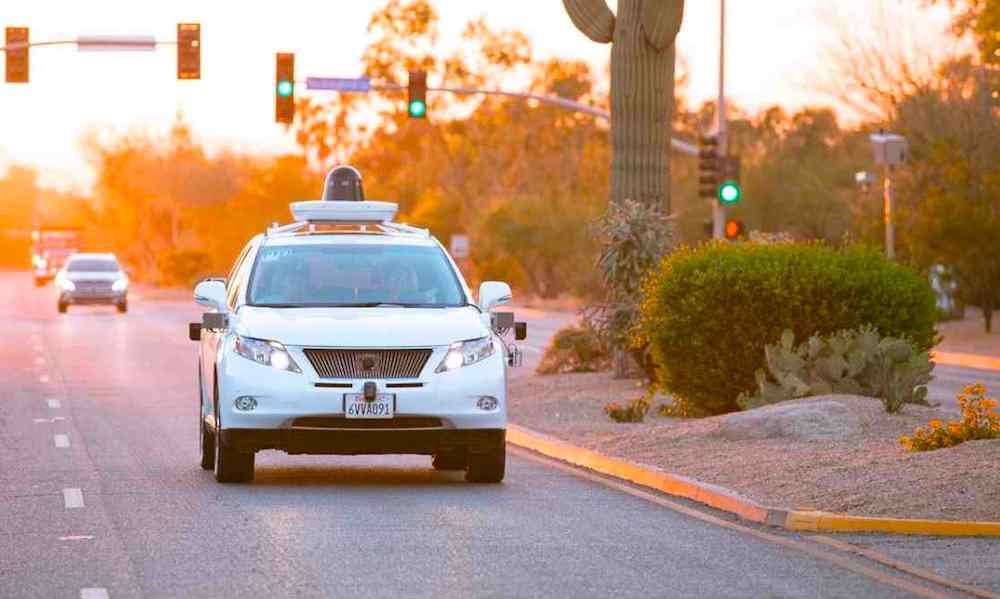Apple’s Monstrous Self-Driving Car Fleet Has Become Even Bigger
 Credit: The Quint
Credit: The Quint
Toggle Dark Mode
It was revealed back in March that Apple’s fleet of self-driving cars was bigger than those fielded by Waymo, Uber or Tesla. Today, a new report suggests it’s continuing to grow.
Apple now has 55 self-driving vehicles being tested on California public roads by 83 drivers, according to macReports. That’s up from 45 cars registered with the California Department of Motor Vehicles in March. In April 2017, Apple had just three vehicles registered with the DMV.
While this suggests Apple will continue to expand its self-driving car initiative, it also means that Apple currently has the second largest fleet of autonomous vehicles in California. It’s surpassed only by General Motors, who has 104 self-driving cars on the road.
For comparison, Waymo has 51 self-driving cars and Tesla has 39. Uber, formerly one of the foremost testers of autonomous cars, suspended its program in March after a fatal incident involving one of its vehicles.
Apple’s fleet is made up entirely of modified Lexus RX450h SUVs (the same vehicles that Waymo uses) that sport advanced arrays of sensors and components. The primary goal is the development of underlying “autonomous systems” for self-driving vehicles.
While California allows fully autonomous vehicle testing, Apple hasn’t obtained the required permits. In other words, all of Apple’s testing still involves human safety drivers.
Apple’s car initiative, internally dubbed Project Titan, was originally rumored to be focused on developing an actual vehicle. After a series of road bumps, the company has reportedly shifted its focus to developing autonomous platforms.
A rare glimpse at those platforms was given at a machine learning conference back in December 2017. Those systems seem to be focused on making self-driving cars more advanced and much safer. Similarly, Apple has a variety of patents that seem to suggest broader ambitions for self-driving vehicles, including systems that leverage augmented and virtual reality.
Still, it’s not clear what Apple plans to do with the technology it’s developing. And while the law requires Apple to publicly declare its testing, it doesn’t require it to state its intention or end goal.






